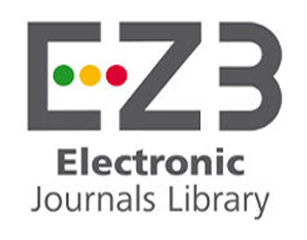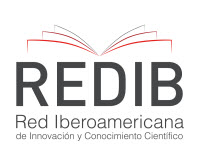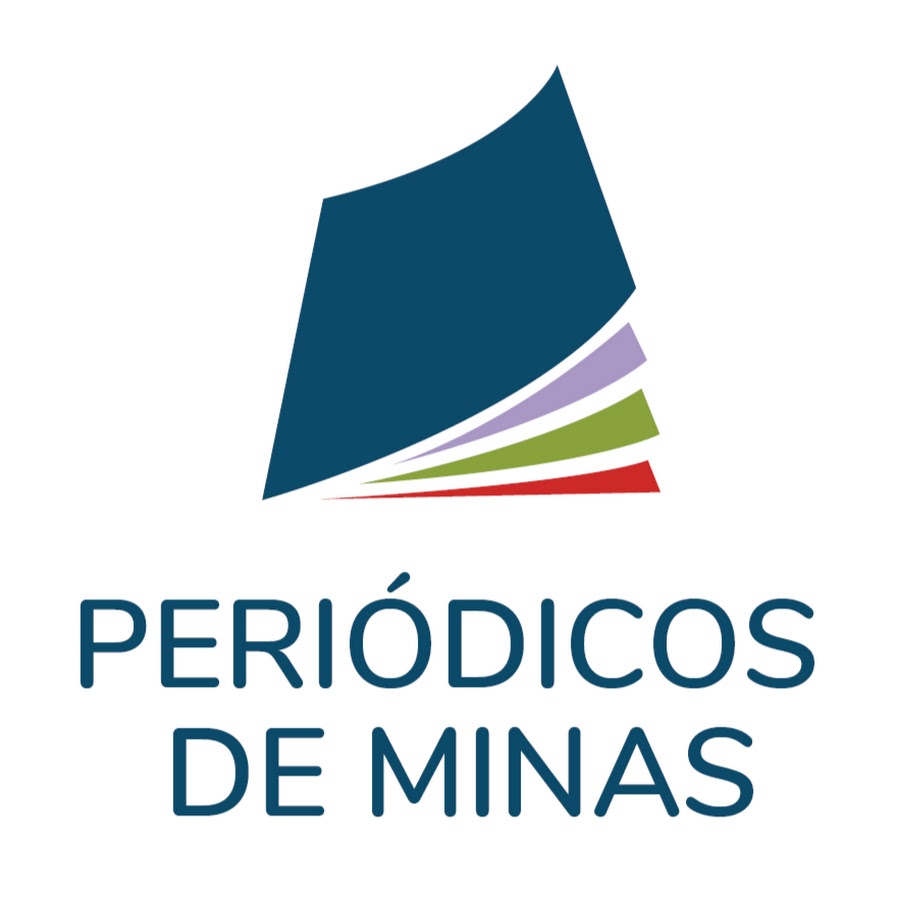O corpo, o visual e o sonoro na construção do moderno
Resumo
Este artigo discute a emergência do corpo como objeto privilegiado nas discussões acerca da modernidade no Brasil da primeira metade do século XX, em especial na década de 1920. Para tanto, são analisados primordialmente documentos visuais, tanto ilustrações publicadas na imprensa, quanto obras do "esquadrão modernista", em particular as do pintor e ilustrador Emiliano Di Cavalcanti, a partir de seus cruzamentos com o universo sonoro, que parece servir como canal de acesso aos conteúdos identitários brasileiros. As interfaces entre as imagens de consumo e as imagens artísticas atuam como indicadores de problemáticas mais gerais que atravessavam aquele momento, permitindo uma compreensão ampla dos papéis atribuídos às dimensões visual e sonora no plano das práticas estéticas e políticas.
Palavras-chave: pintura; corpo; música.
Downloads
Downloads
Publicado
Edição
Seção
Licença
Autores que publicam nesta revista concordam com os seguintes termos da licença Creative Commons, adotada a partir da ArtCultura, v. 21, n. 39 (jul.-dez. 2019).
CC BY-NC-ND 4.0: o artigo pode ser copiado e redistribuído em qualquer suporte ou formato. Os créditos devem ser dados ao autor original e mudanças no texto devem ser indicadas. O artigo não pode ser usado para fins comerciais. Caso o artigo seja remixado, transformado ou algo novo for criado a partir dele, ele não pode ser distribuído.
Autores têm autorização para assumir contratos adicionais separadamente, para distribuição não exclusiva da versão do trabalho publicada nesta revista (ex.: publicar em repositório institucional ou como capítulo de livro), com reconhecimento de autoria e publicação inicial nesta revista.












